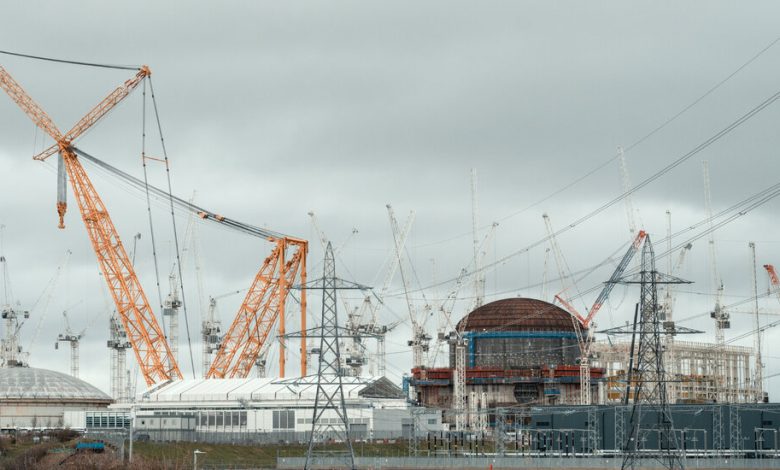Why Britain Is Struggling With Nuclear Power

A rust-colored dome looms over the muddy farmland of Hinkley Point, a headland overlooking the Bristol Channel in southwest England.
When a giant yellow crane hoisted the 150-foot-wide concrete-and-steel saucer into place this winter, it signified a milestone for what will be the first commercial nuclear power station built in Britain since the mid-1990s and a flagship in an effort to revive the industry.
Yet the capping of the first of twin cylindrical buildings for reactors was also a reminder of the prodigious, lengthy and increasingly costly effort to build what is known as Hinkley Point C.
Work has been underway on the plant for more than a decade, yet completion remains years away.
Recently, Électricité de France, the French state utility that is constructing the plant, warned of yet more delays. The start date, which two years ago was scheduled for 2027, has been pushed to the end of this decade, or perhaps 2031.
The additional time will add billions more to a final bill that could reach as much as 47.9 billion pounds, or about $60 billion, EDF said. In 2016, the price tag was pegged at £18 billion.
Nuclear power is regaining favor in the West as a tool for reducing greenhouse gases, and the British government last month announced the “biggest expansion of nuclear power for 70 years.” But nuclear energy’s track record in Western Europe and the United States is not encouraging, with delays and staggering cost overruns plaguing recent projects. The fate of Hinkley Point and another project, planned on England’s east coast in the village Sizewell, could determine whether the nuclear momentum in Britain gathers pace or peters out.
